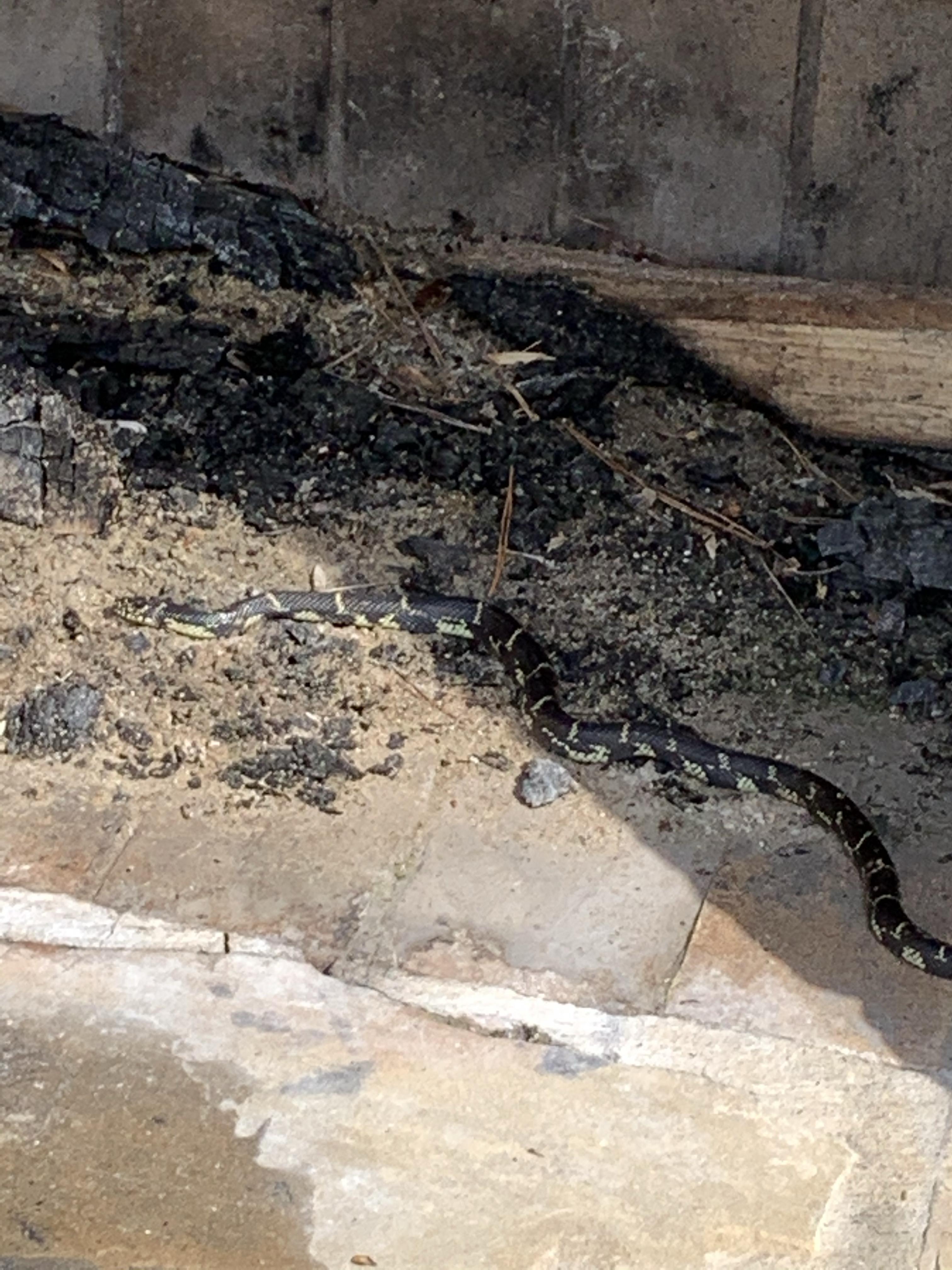-
Posts
3416 -
Joined
-
Last visited
Content Type
Profiles
Forums
Store
Downloads
Recruiting - 2020
2019-2020 Football Season
Football
Entertainment
Sports
News and Business
Cloak Room
Transfer Portal
Recruiting
Events
Posts posted by 4th and 5
-
-
-
I got my EIDL money today!
-
 2
2
-
-
4 hours ago, gecko said:
I'm currently holding an IAH-AMS reservation (via ORD, that sucks) for late August on UA. The aisle seats are blocked even in Polaris class.
bring back some space cakes please
-
I thought I read somewhere on this thread that someone had places for rent in POC...if you do, IM me please
-
Not sure if this has been posted yet but holy shit this is awesome
-
 1
1
-
-
37 minutes ago, orange dream said:
This has probably been addressed but I don't think I've seen any kind of definitive answer:
PPP Loan amount calculation : Payroll costs including rent / utilities, etc. (as defined) let's say Payroll is 100k /month and the rent / utilities, etc. bucket is 15k/month.
Monthly eligible amount is 115k * 2.5 = 287,500 PPP loan proceeds.
Forgiveness as defined in Treasury Fact Sheet:
- The loan proceeds are used to cover payroll costs, and most mortgage interest, rent, and utility costs over the 8 week period after the loan is made;
- and Employee and compensation levels are maintained.
So in my scenario let's say the loan was funded on April 16th for 287,500 and the company is a semi-monthly (15th and end of month ) payroll company. The 8 week period ends on June 11 at which point the company will have paid payroll for 3 semi-monthly periods (End of April and Middle and End of May) (after loan was "made") That would total 150k in payroll and paid rent / utilities, etc. at the beginning of May and June for a total of 30k. With that, for the 8 week period after the loan was "made" the total amount used to cover the allowed categories in the 8 week period is 180k vs. the 287,500 that was "borrowed" under PPP. Any thoughts on how those will be reconciled to come up with what is forgiven?
Even if you change the dates (or payroll frequency) so that you get a full 2 months worth of payroll and rent/other stuff in the 8 week period that would only come up with 230k of "forgivable" costs in the 8 week period. Is the working assumption of everyone who is getting these PPP loans that they will need to pay back approximately 20% of what was borrowed? I've had that thought in the back of my head but haven't ever really seen it addressed. I'd be curious to know your thoughts / assumptions.
This is exactly my question, I was working on a forecast this morning noting the numbers play out like the government did not think this through.
If I am a sole practitioner and I pay myself on the 15th normally, but didn't have the funds to do so until PPP loan was funded on the 20th (hence expiration June 15, 8 weeks later), can I pay myself on the 20th for 4/15, 5/15 and 6/15 which would all be within the 8 weeks? Then run my payroll 4/24, 5/8, 5/22 and 6/5. That's really all the "payrolls" I can fit into the 8 weeks.
-
13 hours ago, Treefidy said:
So round pupils = ok, slit pupil = venom?
any veracity to the story that hogs like to eat rattlers and that it's like a dinner bell, so selection has favored rattle snakes that don't use their rattles?
Round pupils is not accurate. Helpful, but most definitely not the rule. Why?
-elapids (coral snakes) have round pupils
-pit vipers have elliptical pupils MOST of the time, BUT AT NIGHT when they are trying to gather as much light as possible they can be round. Just like a cat. See the copperheads below
-other slightly venomous rear fanged snakes have elliptical pupils, or not



night snake

Lyre snake

cat eyed snake

also the hognose snake is rear fanged but it's venom is only significant if you are a frog

-
Wednesday is looking good, think I may head to POC
-
 3
3
-
-
1 hour ago, krevo said:
Electronic or dial? Have you checked with the manufacturer? I know some of the electronic ones have really shitty keypads that they can sometimes help with. I've heard of them shipping out new ones that you replace on your own if its the ones you can disconnect from the front of the door.
Combo is electric (works fine) but the problem is with the wheel, I think something in the door mechanism is disconnected. I checked with the manufacturer, Champion, it is out of warranty. They talked me through it and said it will likely need to be drilled out, compromising the safe and resulting in repairs that make it more efficient to just "brute strength" it for cheap and get a new one.
So I am in the market.
-
4 hours ago, pacman said:
family member works at a small bank in small town Texas.
she processed and funded $10 million just by herself, processed by order of submittal
they are ramping up hard for the second round
its annectdotal but, for the most part, the small banks seem to be getting it done
Small banks @MaclovioBrownand @cabowabo are getting it done! I can't thank these guys enough.
-
 3
3
-
-
So.
My gunsafe (Champion) won't open.
Locksmith has tried non-destructive means to open it without success.
Looks like I will be in the market for a gun safe. Anyone have suggestions/recs/reviews for good or bad safes or a dealer with good prices in Austin or San Antonio?
-
On 4/20/2020 at 1:19 PM, Brew said:
Health insurance is included in the definition of payroll costs along with the other payroll related items.
I was going to ask that question.
So if I am a sole practitioner with 2 employees (I don't pay their health insurance) and I pay for my own insurance premium is that covered as "payroll?"
What if that amount includes my entire family? Is it just my portion of the premium?
-
18 minutes ago, atomheartbevo said:
Ughh.
That's sad. My girlfriend (now wife of almost 25 years) and I used to eat there all the time when I lived over by O Henry. Lavaca to Magnolia to the house was the routine.
-
 1
1
-
-
I like my 226 a lot. But if I knew I was going to get in a gun battle in the street, I would grab my Glock 22. It ain't pretty, but for me, it takes less effort to be accurate.
-
Too beaucoup
-
 2
2
-
-
The Chandeleur Island trip is looking like a no go....damn I need to go fishing
-
18 hours ago, pacman said:

Poor out a little liquor for your dead homie. (the guy thought it was a cotton mouth)
Tell Thao he killed a diamondbacks water snake. Non venomous.
-
-
49 minutes ago, Quasimofo said:
Found this very docile guy under a mesquite tree yesterday. Giving me the side eye.

I found a fat one like that yesterday and put him in with my 3.5 foot Cali king, they're friends now but they won't be when that king snake finishes digesting that bird I shot and fed him last week
-
 2
2
-
-
-
All good info but don’t come up in here with your spinning gear is for novices bullshit
-
 2
2
-
-
This Dan Wesson 10mm would be nice

so would this cannon

-
 1
1
-
-
Are they heavy? Yes. Are you in a foot race? No. If you have scars or other issues they don't fit right. Half the time I forget my neoprene socks and just wear ankle socks, still, no problem. You got to buy them about 3 sizes up and then they are comfortable with your waders and neoprene socks. They have to be just loose enough to kick off.
-
1 hour ago, Dry Elbows said:
Those may be the most uncomfortable things made.
I have no problem with them, my fishing buddies all wear them, and have never been stuck in miles of wading














2019 Fishing - Bent rods and tight lines
in Hobbies
Posted
The wind is dying fast, and for a couple days, I feel like I’m getting a bit of a cough